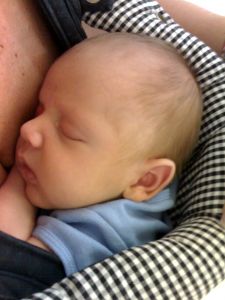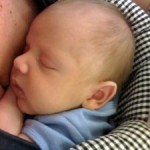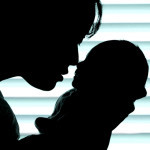
 In a recent review of the books of Elena Ferrane by James Wood (The New Yorker, January 21, 2013, p. 71), James Wood says ..,”For the narrators of Ferrante’s earlier novels, life appears to be a painful conundrum of attachment and detachment.” Of one character in The Lost Daughter (2006), main character Leda feels for her daughters “…a complicated alternation of sympathy and antipathy.” (Ibid.)
In a recent review of the books of Elena Ferrane by James Wood (The New Yorker, January 21, 2013, p. 71), James Wood says ..,”For the narrators of Ferrante’s earlier novels, life appears to be a painful conundrum of attachment and detachment.” Of one character in The Lost Daughter (2006), main character Leda feels for her daughters “…a complicated alternation of sympathy and antipathy.” (Ibid.)
This brought to mind a statement by one of my supervisors when I was being trained in Psychoanalytic Psychotherapy at The New York Counseling Service; “Ambivalence is the hallmark of mental health.” It is something I will quote to my patients as they struggle with their feelings of love and hate.
So how, you are probably wondering, does ambivalence and attachment/detachment tie in with one another?
In order to both love and hate those closest to us, we must first be securely attached. Attachment is something we require in order to develop into emotionally healthy human beings. It literally starts in the womb where the attachment by the umbilical cord to the mother is the only way the unborn child can survive. This attachment is also influenced by the care the mother takes of herself and her unborn child in terms of what she ingests, how she maintains her body and how she is able to regulate herself emotionally.
 Once born, ideally the infant and mother form a bond which is primary in the former’s life. The infant depends upon the mother for survival. The ways in which the mother fulfills these tasks strongly influence the emotional and physical health of the infant. A mother who for her own psychological reasons is unable to bond with her infant creates anxiety in the infant. A negligent mother who is inadequate in her attention to the infant’s needs also creates anxiety in the infant.
Once born, ideally the infant and mother form a bond which is primary in the former’s life. The infant depends upon the mother for survival. The ways in which the mother fulfills these tasks strongly influence the emotional and physical health of the infant. A mother who for her own psychological reasons is unable to bond with her infant creates anxiety in the infant. A negligent mother who is inadequate in her attention to the infant’s needs also creates anxiety in the infant.
This insecure attachment to the primary caregiver (in this case the mother) is the start of life-long fear of for example abandonment, connection with others, trust and all sorts of psychological issues including eating disorders, addictions and the inability to form lasting relationships.
With all this as background, this relates in the following way to ambivalence: in order to both love and hate those we are closest to, we must feel a secure attachment to them and must trust that they will be able to tolerate our mixed feelings. The mother of the young child who punishes him/her by withdrawing (so it seems to the child) love, is sending a message that if I am angry at you, I will stop loving you. This creates an angry and anxious child. It also teaches the child to think in terms of black or white, good or bad, yes or no with no room for where most of life is lived which is somewhere in the middle or a combination of those extremes. All of this carries into adulthood and is usually present in important relationships.
If someone is aware of this feeling of anxiety as well as having some of the symptoms mentioned above (addictions, compulsions and so on) and suspects that it may be connected to early attachment issues, the best solution is to explore this further with a trained professional. This safe environment will allow the person to grieve the loss of what he/she deserved but did not receive (a sense of safety) and help him/her create adult relationships with people who can live with their own and the person’s ambivalence.
